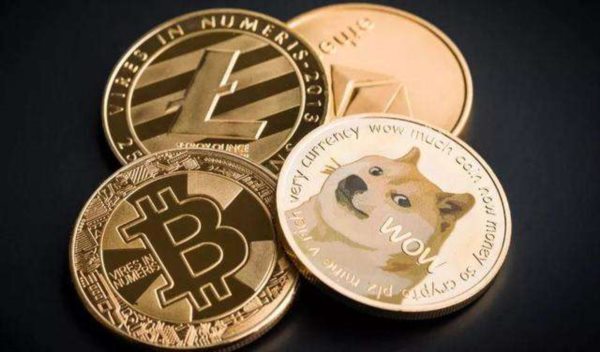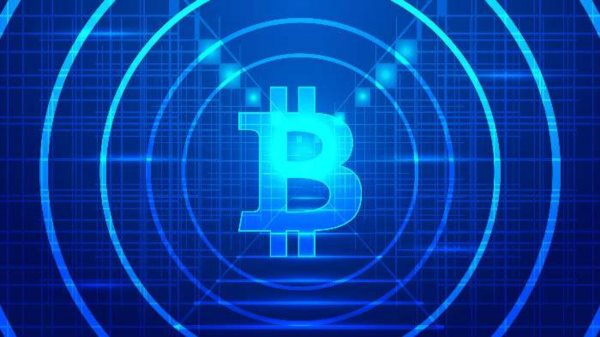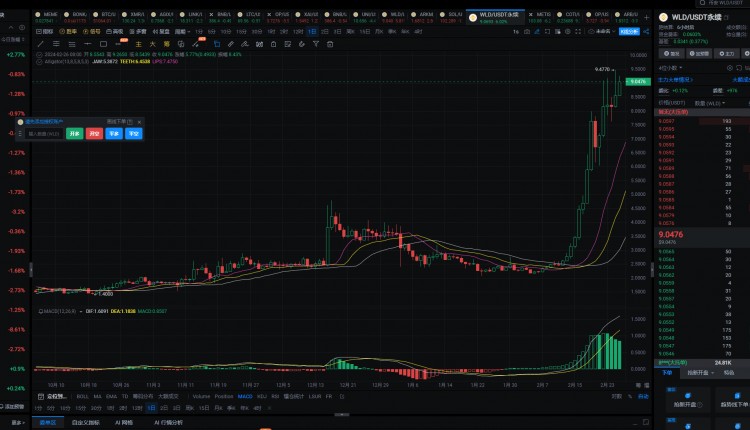时间:2024-03-11|浏览:255

用戶喜愛的交易所

已有账号登陆后会弹出下载
Foreign media reported that last week's gold rush may have been triggered by bets on the Federal Reserve's interest rate cuts, but the foundation for the record rally was laid in China.
After months of sideways trading, the gold market has suddenly become active in recent days. On Tuesday, gold prices broke last December's record and have continued to jump since then. The rally is considered peculiar: Gold prices tend to soar in response to geopolitical or economic developments affecting the world, but nothing particularly noteworthy has happened recently to justify a surge in gold prices. The sharp rise in gold prices has left many analysts and other market observers searching for explanations, including renewed interest in the metal from large investment funds, investors chasing the price, and the advent of algorithmic trading.
But in fact, gold prices are not far from record highs. Gold has been trading around $2,000 for months - a level that just a few years ago would have been considered sky-high, and which was only breached for the first time in 2020 as the coronavirus pandemic raged around the world. Even more unusual is that gold prices remain at such high levels at a time when real interest rates are ridiculously high.
黄金价格无视高收益率走高
So, why is the price of gold so high? Foreign media reported that this is China’s contribution.
While many Western investors did sell off gold last year as interest rates soared, massive buying by central banks in emerging markets, led by China, has supported global gold demand. Ordinary people are also buying, with Chinese consumers hoarding gold coins, bars and jewelry despite high prices.
"The gold market is not driven by Western investors," said Bernard Dahdah, commodities analyst at Natixis. “China has been a driver of gold prices this year and last, but it’s not necessarily behind this surge.”
While buying from China and other emerging markets set the stage for record gold prices last week, the focus has turned to investors and their bets on when the Federal Reserve will start cutting interest rates.
On March 1, disappointing U.S. manufacturing data and declining consumer confidence seemed to support the Federal Reserve's case for cutting interest rates, and gold began to rise again. Powell's reiteration last week of a possible rate cut this year further fueled gold's gains, helping to push gold prices to new highs. On Friday, the latest data released by the U.S. Commodity Futures Trading Commission (CFTC) showed strong buying momentum among fund managers in the week ending March 5. March 5th was the day when gold prices broke through the historical high.
However, gold prices still have a long way to go before reaching their inflation-adjusted peak of more than 10 years ago. Gold is up more than 600% since the turn of the millennium, but is still below its inflation-adjusted high of $850 in January 1980, which would be equivalent to $3,000 today.
This week’s high is somewhat similar to the peak from 44 years ago. In 1979, as the Shah of Iran was overthrown and the Soviet Union invaded Afghanistan, gold more than doubled in value, underscoring its role as a safe-haven asset. This year, attacks by Iran-backed Houthi rebels on Red Sea shipping and Russia's fierce war in Ukraine have heightened geopolitical risks.
Adrian Ash, director of research at BullionVault, said, "Putin's threats of force, the conflict in Ukraine and Gaza, all of these are adding to the background noise. From a risk-off perspective, the current sentiment is bullish on gold 's." But the recent gains remain relatively modest compared with some record rallies in the past. This is partly because gold prices have already moved higher as central banks seek to diversify their foreign exchange reserves and reduce their reliance on the U.S. dollar.
Max Belmont, portfolio manager of the First Eagle Gold Fund, said central bank demand "provides a buffer for gold." As of the end of 2023, the fund had $2.3 billion in assets under management. He said: "It is not Western central banks that are accumulating gold, but Eastern central banks. Among them, China will be the largest buyer in 2023."
If Chinese buying has been the mainstay of the gold market, then Fed policy may remain a key driver of the market. Signs that the Federal Reserve's monetary policy is approaching an inflection point have supported gold prices since mid-February, with traders now pricing in a 67% chance of a rate cut by the Fed in June, up from early last month.
This means that U.S. data, including the latest CPI inflation data released on Tuesday, will be closely watched. BullionVault's Ashe said that in the short term, some investors may choose to cash out recent profits, which would weigh on gold prices. But overall, the current backdrop means the rally is likely to continue. While the latest record-breaking gold price has many similarities to previous gold price peaks, the role played by central banks and Asian buyers makes this time different.
Alexander Zumpfe, senior trader at German gold refiner Heraeus Group, said:
"In my experience, the current market behavior is unprecedented and is characterized by new all-time highs on a daily basis. This uniqueness highlights the complexity of current market dynamics and the wide variety of factors affecting gold prices."
Article forwarded from: Golden Ten Data









